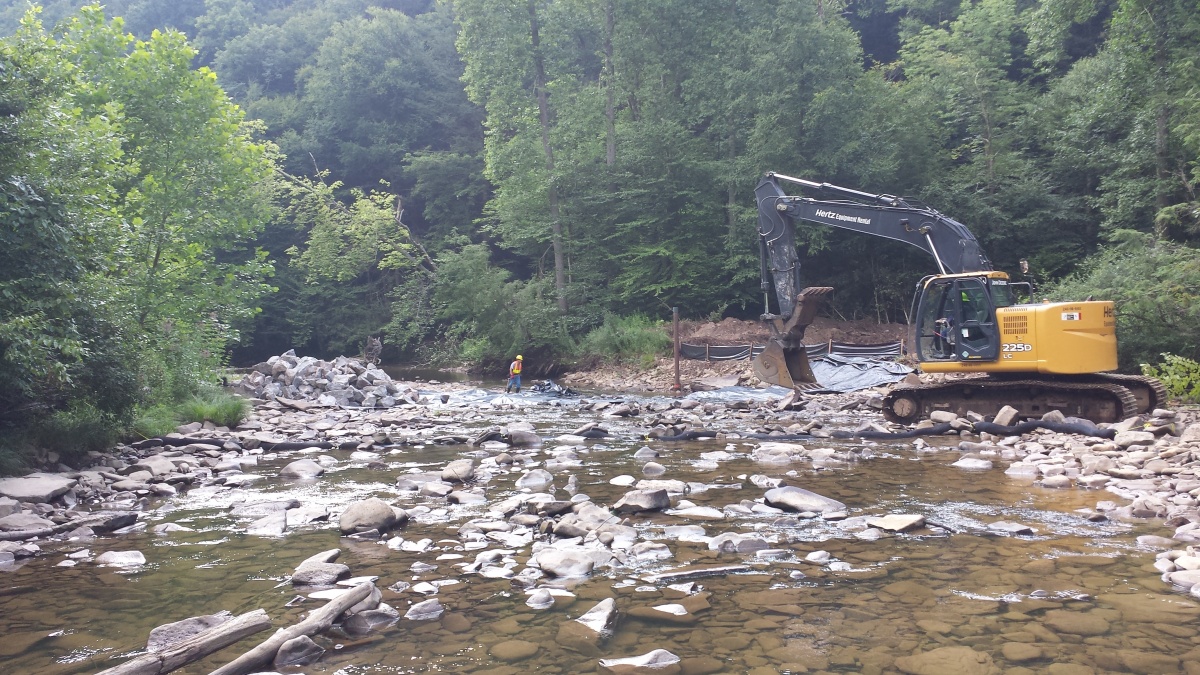Oil and Gas Site Reclamation
Reclamation helps to ensure that any effects of oil and gas development on the land and on other resources and uses are not permanent. The ultimate objective of reclamation is ecosystem restoration, including restoration of any natural vegetation, hydrology, and wildlife habitats affected by surface disturbances from construction and operating activities at an oil and gas site. In most cases, this means a condition equal to or closely approximating that which existed before the land was disturbed. The BLM Authorized Officer determines when an operator has achieved successful reclamation; sometimes, operators must make several attempts.
Reclamation in Stages
Oil and gas site reclamation begins long before the completion of operations at an oil and gas site. Rather, it is an ongoing process, beginning before site construction and continuing through the life of an oil and gas production well and its associated facilities.
Pre-construction
The BLM must approve an operator’s reclamation plan prior to construction at an oil and gas site. The BLM reviews this plan as part of the surface use plan of operations that an operator submits for review. The operator must also enter its reclamation plan into the BLM’s Automated Fluid Minerals Management System 2 (AFMSS2) database.
Construction and operation
Minimizing surface disturbance during construction and operations eases the workload associated with final reclamation. Interim reclamation, which is partial reclamation during production activities, occurs immediately after well completion on areas used for road and pipeline construction that unused during production. Conducting interim reclamation is a “best management practice” that also reduces costs and increases the effectiveness of final reclamation.
Post-operation
During reclamation and abandonment, inspections ensure that operators have properly plugged the well and correctly completed reclamation. Following reclamation, the inspector checks for proper re-contouring of the site, the return of topsoil to disturbed areas, and the completion of proper re-seeding. The BLM continues to perform inspections during reclamation, and approves a final abandonment notice for the site when it is re-contoured, re-vegetated, free of weeds and equipment, and stable.
Long-term
The BLM continues to monitor the site over the long term to ensure that stability and full ecosystem restoration. Reclamation is successful when it has established a self-sustaining, vigorous, diverse, native plant community that will control erosion and non-native plant invasion and support wildlife habitat or forage production.

